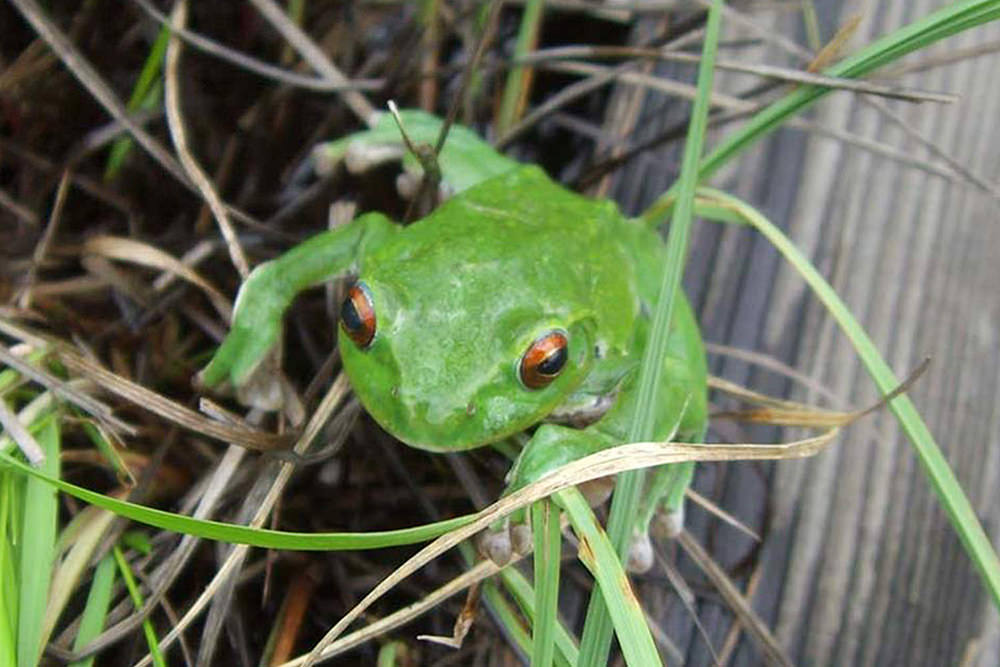STORY
Gunma’s Flora and Fauna
Discover the wildlife that inhabits Gunma

Last updated: August 22, 2024
Gunma is covered in mountains and dotted with untouched marshland, wild rivers, and serene lakes. Rich nature makes the prefecture an idyllic place to connect with the environment and spot species of flora and fauna native to Japan. Three national parks—Oze, Joshin'etsukogen, and Nikko—lie partly in Gunma, and they make a great starting point for discovering Gunma’s plants and wildlife.


















